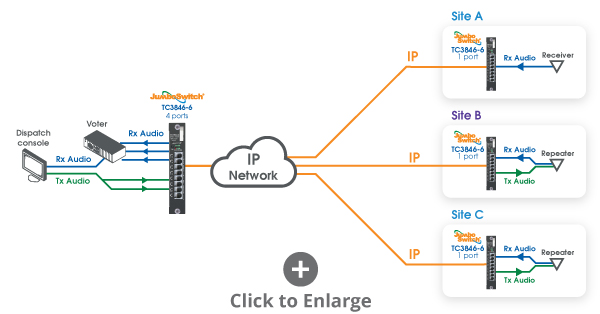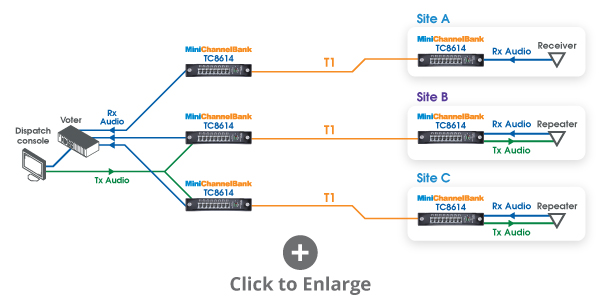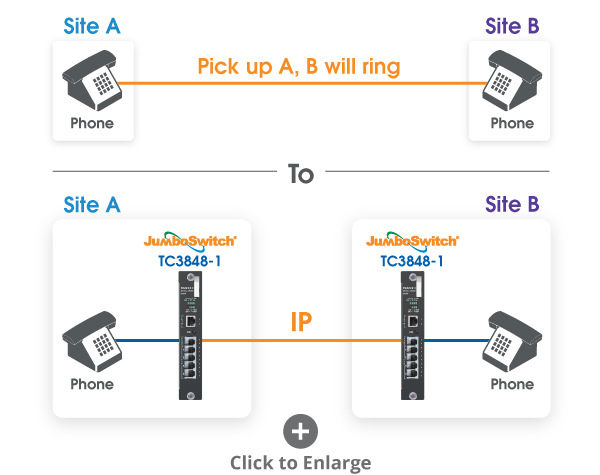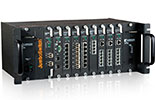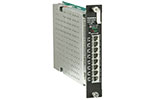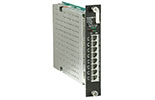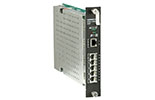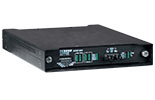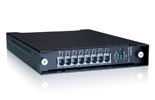For decades, leased lines have provided critical communications support for SCADA, Teleprotection, radio, and phones. That said, leased line replacement has grown in popularity as organizations in various sectors such as utility, public safety, government, and defense seek to switch to modern networks that offer legacy device integration, crucial reliability and redundancy, and significant cost savings.
Migrate to a modern network and:
- Extend the life of existing equipment
- Eliminate recurring high expenses
- Retain legacy devices
Use the dropdown buttons below to view common leased line solutions we provide.
Replacement Solutions
Connect existing analog and other TDM interfaces over an IP/MPLS microwave or fiber network. Customers have the option to use an existing IP/Ethernet network, a carrier network or build one out.
The diagram showcases a typical network upgraded to IP/Ethernet using a JumboSwitch® TC3846-6 Analog & Dry Contact over IP/Ethernet gateway. Existing TDM devices (2-wire phones, 4-wire radios, serial RTU's, etc.) that were previously directly connected using leased services are kept in place while the network is changed to an Ethernet or MPLS network.
Another alternative to a copper leased line is a T1 line, offered as an option from some TELCOs. Replacing a leased service with a T1 connection comes with a different set of benefits than a packet-based connection. Primarily, a T1 connection bypasses prioritization requirements and cybersecurity maintenance and concerns. As a hardware-only product series, the Mini Channel Bank products have no firmware or require no configuration.
When transitioning off leased lines, users can expect extremely low latency and improved voice quality. The application diagram shows how one network was able to keep existing JPS SNV-12 Voters and Motorola Astrotac Receivers connected to 4W E&M Analog Radios and the TC8614 Analog & Dry Contact over T1/E1 Mini Channel Bank.
There are many variations on the basic leased line replacement solution. The process to replacing leased lines boils down to 2 basic questions:
- What is your old service type?
- What type of transport are you replacing it with?
Case Studies
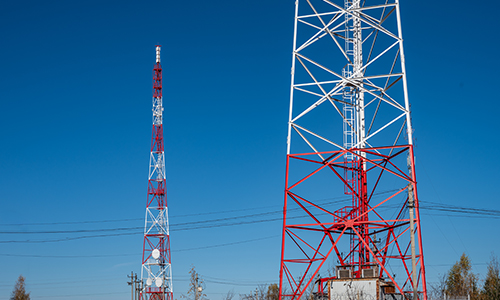
San Mateo County Fire Agencies Avoid Costly T1 Backhaul Replacement
JumboSwitch® productsprovide cost-effective solution for San Mateo County's fire department radio network.
Read more
City of Rockford Saves $4.8M from Analog-to-IP Migration
The City of Rockford, Illinois chose TC Communications to provide an Ethernet-based solution
Read more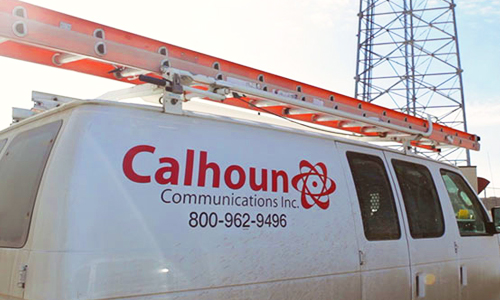
Multi-county public safety agency upgrades microwave radio network
A public safety communications network in Iowa required a system-wide replacement to keep police, fire and emergency first responders connected.
Read more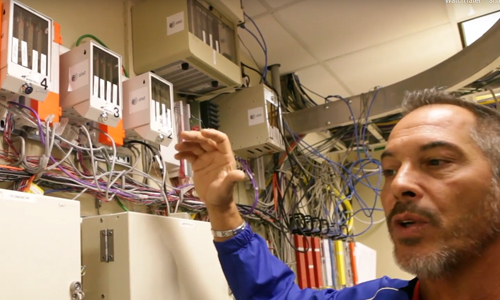
ESRN eliminates leased line costs
East Shore Radio Network (ESRN) needed a replacement solution to eliminate their leased line costs.
Read more
Air Force tackles leased line retirement mandate in parallel with radio system upgrades
This airfield was mandated to upgrade its existing copper backbone as well us its radio system.
Read more
Preserving essential legacy equipment with leased line replacement solution
Learning that telcos were beginning to phase out analog leased lines, a Northern California county needed to quickly find devices compatible with their exisitng systems.
Read more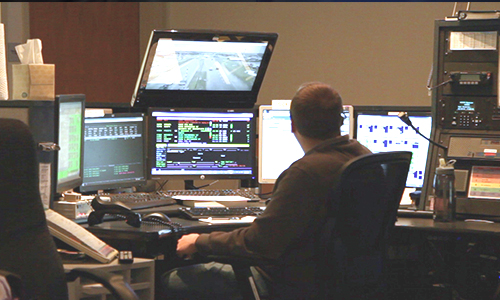
Public safety network minimizes communications disruptions by upgrading to T1
A town in New England utilized T1 and switched Ethernet services offered by the provider to keep emergency services in operation.
Read moreTestimonial
"Over the past 35 years I have used similar boxes from other vendors for similar applications. But I have never seen one that would produce such a linear, uniform audio transmission from one end to the other - especially across an IP link."
- Martin T. Vinson, N.C.T., A.S.C.E.T.Read the full review
White Paper
Navigating Leased Line Network Modernization
Many carriers have been phasing out various leased line services for years, leaving critical industries challenged with replacement of existing devices due to cost, complexity, timing and more. This white paper explores common challenges and practical solutions to leased line retirement.
Read more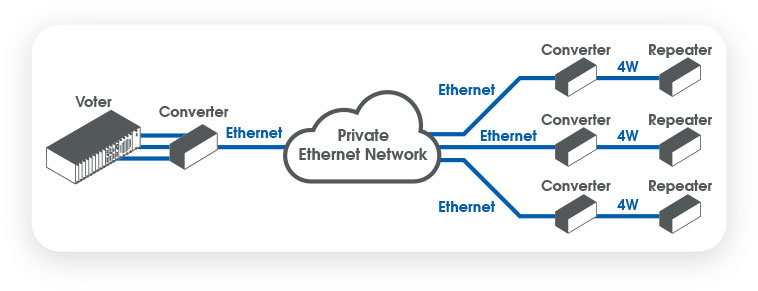
Leased Line Savings Calculator
The Leased Line Replacement Savings Calculator is a tool to help organizations estimate the potential cost savings when switching to an Ethernet/IP-based solution with TC Communications products. Users can input their current leased line costs, IP connectivity costs, and TC equipment investment to instantly calculate monthly and annual savings.
Advantages of TDM-over-IP/Ethernet
Many Radio over IP (RoIP) solutions are SIP-based. SIP and VoIP can cause audio compression and have difficulty handling variation in latency. For a reliable and clear audio channel, particularly for critical communications, TDM over IP technology is a better alternative.
Clear uncompressed audio, passing tones and voter comparator compatibility can be achieved by using TDM over IP technology when designing a RoIP device for critical communications.
TDM over IP is a technology that emulates TDM over a packet switched network. TDM over IP takes a real-time bit stream and packetizes it. When combined with a special clock recovery scheme called Adaptive Clock Recovery* (ACR), this solution provides a low latency, reliable solution for clear analog audio and tones over an IP network.
As a result, TDM over IP-transported analog voice data is identical to a conventional telco's 600 ohm copper leased line. This technology has been used for many years to transport T1 or E1 over Ethernet.
*ACR is used to recover the clock by counting the bits in data stream which is extracted from packets received
Reviews and Applications
Utility modernizes through easy migration of C37.94 edge solution onto MPLS
The JumboSwitch C37.94 IP Gateway passed a variety of latency and operating time tests for 87L Line Differential protection and was implemented as an easy edge solution on their MPLS network.
Read moreAnalog radio over IP: Enhanced audio with TDM-over-IP
For a reliable and clear audio channel particularly for critical communications, TDM over IP technology is a better alternative.
Read moreProducts
If you have any questions about TC products, services, solutions, or support, feel free to reach out.
Our team is here to assist you with the information you need.
